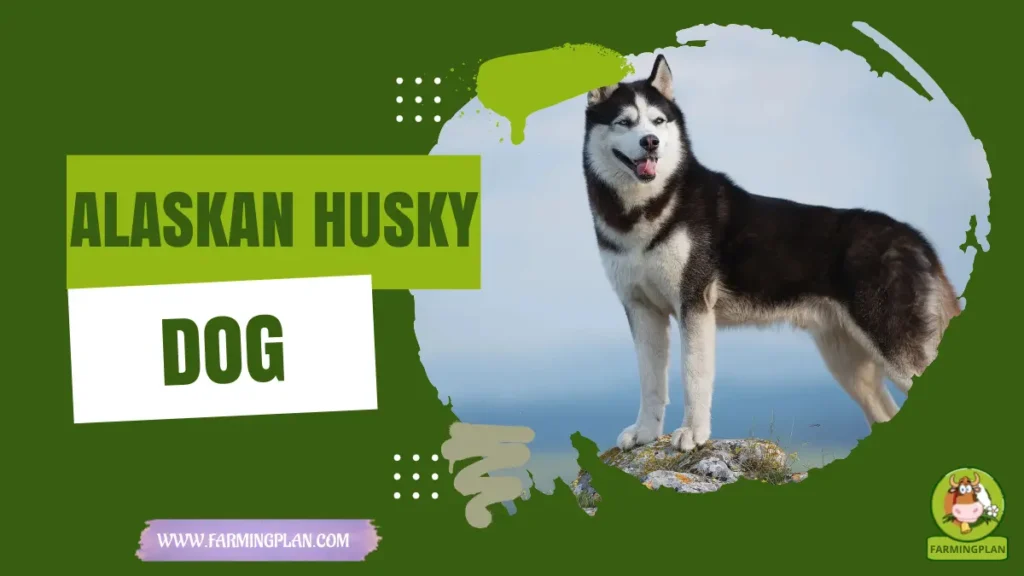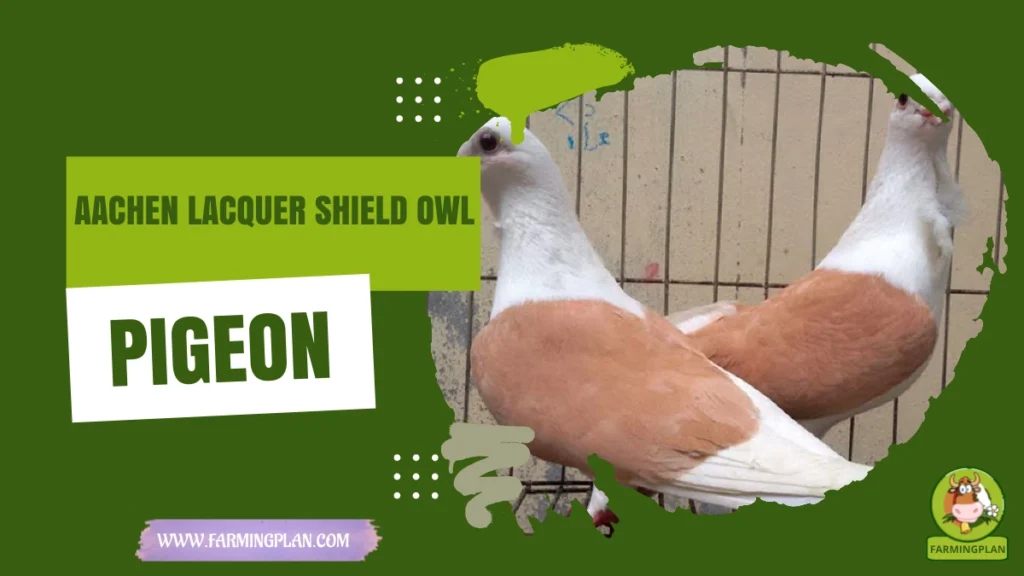If you’ve ever seen a sled team racing through snow, you’ve likely witnessed the Alaskan Husky dog in action. These incredible dogs aren’t bred for looks but for pure performance, endurance, and heart. Unlike the Siberian Husky or Alaskan Malamute, the Alaskan Husky’s value lies in its loyalty, intelligence, and drive. After years of working with sled dogs, I can tell you—this northern athlete is as loyal as they come. In this guide, I’ll share everything you need to know about their history, care, diet, health, and training.

History & Origin
The Alaskan Husky doesn’t trace its roots to a single ancestor. Instead, it’s a working breed created through generations of selective breeding for performance rather than looks. Early Inuit communities and mushers bred their native dogs with imported breeds like Greyhounds, German Shorthaired Pointers, and Siberian Huskies to develop dogs that could survive the brutal Alaskan climate while running for miles.
The Klondike Gold Rush played a major role in shaping the breed’s evolution. Prospectors relied on sturdy sled dogs for transportation, survival, and hauling supplies across icy trails. Over time, these dogs became refined into what we now call the Alaskan Husky—a powerful hybrid perfectly suited for long-distance endurance and speed. Today, the Alaskan Husky remains central to the culture of Alaskan mushers and Iditarod Trail Sled Dog teams. Breeders still select them based on performance traits, metabolic efficiency, and resistance to cold, rather than looks or pedigree. It’s a breed that truly embodies the spirit of the north.
Read More: Aksaray Malaklisi Dog: Anatolia’s Guardian
Characteristics
An Alaskan Husky isn’t a show dog—it’s a sled athlete. Each line varies depending on purpose: some bred for sprint racing, others for long-distance endurance. Typically, these dogs weigh 40–60 pounds and stand 22–26 inches tall. Their double coat is medium-length and self-cleaning, ideal for insulation without overheating. Their coat colors can vary widely—from white and grey to black, tan, or even red. Unlike Siberian Huskies, their eyes can be brown, blue, or one of each, and their ears are usually upright, signaling alertness and energy.
Because they’re bred for function, Alaskan Huskies often have leaner bodies and longer legs than Malamutes. They possess incredible stamina, agility, and metabolic capabilities, capable of burning fat efficiently during extreme cold and high activity. Simply put—they’re designed by nature and humans to perform.
Read More: Akbash Dog: Loyal Guardian of Your Flock
Nature & Temperament
Living with an Alaskan Husky dog means living with a ball of intelligence and energy. These dogs thrive when given purpose—whether it’s mushing, running, hiking, or even canicross. They’re affectionate, loyal, and deeply bonded to their human pack but can be independent thinkers.
They’re not ideal apartment dogs, as they crave movement and open space. I’ve found that when Huskies get enough exercise, they’re calm and loving companions. Without it? Expect some creative mischief—like chewing boots or digging snow tunnels in your backyard. They’re also highly social with other dogs, thanks to their pack instincts, but early socialization is crucial. If you’re looking for a dog that will stay glued to your side and keep you active, this breed won’t disappoint.
Read More: Akita Dog: Everything You Need To Know About Akitas
Food & Diet
Feeding an Alaskan Husky properly is key to maintaining its energy and health. These dogs burn calories faster than most breeds due to their high metabolic rate. I always recommend a protein-rich diet with a mix of raw meat, fish, and high-quality kibble for balance.
When working or training, sled dogs often need up to 3,000–5,000 calories a day, depending on workload and temperature. For pets, about 1,200–1,800 calories usually suffice. Avoid overfeeding, as Alaskan Huskies are prone to digestive issues if their diet isn’t balanced. Include supplements like fish oil for coat health and glucosamine for joint support. Always keep fresh water available, especially during hot months.
A tired Husky is happy—but a well-fed Husky is unstoppable.
Usage & Purpose
While they’re famous for dog sledding, Alaskan Huskies have proven their worth in many other roles. Mushers use them for the Iditarod Trail Sled Dog Race, trap line work, and long-distance expeditions. But beyond that, they’re loyal family dogs, trail companions, and even therapy dogs in some regions.
Modern dryland sled dog races and sports like bikejoring and skijoring have given this breed new ways to shine. They’re also used by search and rescue teams for their intelligence and endurance Their adaptable nature makes them a great fit for outdoor enthusiasts and farmers who live active lifestyles. Just remember—they need purpose, not just play.
Special Features
The Alaskan Husky stands apart from most Alaskan dog breeds due to its genetic diversity. There’s no official American Kennel Club recognition because their bloodlines are performance-based. DNA tests show a mix of Siberian Husky, Alaskan Malamute, Greyhound, and Pointer genetics.
Their double coat is self-cleaning, which means they don’t need frequent baths. Twice a year, they “blow their coat”—shedding their dense underfur. Regular brushing helps manage this. They’re also incredibly smart, capable of learning complex commands during harness training or mushing preparation. Their sense of teamwork and pack instinct allows them to run smoothly in large sled teams. No wonder mushers call them “the heartbeat of the north.”
Health Issues & Prevention
Like many active breeds, Alaskan Huskies are prone to a few health concerns. Common issues include hypothyroidism, degenerative myelopathy, and a rare condition known as Alaskan Husky Encephalopathy—a neurological disorder seen in certain lines.
They can also develop climate-related bronchitis, especially if exercised too hard in hot conditions. Regular vet checkups, DNA breed tests, and proper nutrition are the best ways to prevent these problems. Keep their nails trimmed, check for hot spots, and ensure they have a fenced-in yard for safety. A GPS tracker can be a smart investment since these dogs have strong wanderlust instincts.
Step-by-Step Pet Owner Care Guide
Owning an Alaskan Husky isn’t just about companionship—it’s a commitment to activity, care, and communication. Here’s a detailed, step-by-step guide to help you raise a healthy and happy Husky.
Step 1: Create The Right Living Environment
Before bringing one home, ensure you have ample space. A fenced yard is essential since Huskies love to roam. They’re not apartment-friendly but thrive in cooler regions with open land or trails. If you live in warmer climates, make sure your Husky has access to shade and water. They adapt surprisingly well when cared for properly, but you’ll need to manage exercise during peak heat.
Step 2: Train Early And Consistently
Start harness training and socialization early. These dogs respond best to positive reinforcement and consistent routines. Keep sessions short, engaging, and fun. Use commands like “Hike!”, “Gee!” (right), and “Haw!” (left) if you plan on sled training—it builds their understanding of teamwork. Never use harsh discipline; Huskies respect leaders who earn it, not demand it.
Step 3: Prioritize Exercise And Mental Stimulation
An Alaskan Husky without activity becomes bored and destructive. Plan at least 1–2 hours of exercise daily—running, hiking, or pulling activities work best. I often use dog booties during sled runs to protect their paws and rotate rest days to prevent overexertion. Combine physical workouts with puzzle toys or obedience games for mental balance.
Step 4: Focus On Grooming And Seasonal Shedding
Their coat is self-cleaning, but regular brushing (especially during shedding season) keeps them healthy. Invest in a slicker brush and grooming glove for best results. During “blowing coat” season, expect fur everywhere—it’s a sign of a healthy cycle. Avoid frequent baths, as natural oils protect their skin.
Step 5: Keep Up With Nutrition And Health Checks
Schedule vet visits twice a year and maintain a balanced diet with raw meat, kibble, and supplements. Avoid foods that cause allergies or digestive issues. Monitor for symptoms like lethargy, joint stiffness, or loss of appetite—these can indicate health problems like hypothyroidism or digestive imbalances.
Step 6: Build A Strong Bond And Routine
Spend daily time bonding—talk, play, or even share quiet moments after exercise. Huskies are emotional dogs; they thrive when they feel included. Set clear routines for feeding, walking, and resting. Once they trust your leadership, they’ll follow your every move—on or off the trail.
Expert Tips & Best Practices
- Always Use A GPS Tracker – Alaskan Huskies are escape artists with powerful instincts.
- Hydrate Often – Even in winter, dehydration is a silent danger.
- Rotate Training – Mix sled runs with free runs and hikes.
- Feed Smart – Adjust calories to match workload; working dogs burn more.
- Mind The Weather – Avoid hot-weather exercise to prevent bronchitis.
- Use Proper Gear – Harnesses, dog coats, and booties prevent injuries.
- Stay Social – Introduce new dogs and people often for a balanced temperament.
- Keep Learning – Follow experienced mushers like those at Trail Breaker Kennel or Points Unknown Kennel to gain insights.
FAQ
Are Alaskan Huskies purebred dogs?
No, they’re not. Alaskan Huskies are bred for performance, not pedigree, combining various northern and sporting breeds.
What’s the difference between Alaskan Husky and Siberian Husky?
Siberians are purebred and AKC-recognized, while Alaskans are working mixes bred for speed, stamina, and intelligence.
How long do Alaskan Huskies live?
With good care, they typically live 12–15 years.
Are Alaskan Huskies good pets?
Yes, but only for active owners. They need space, exercise, and mental stimulation.
How much does an Alaskan Husky cost?
Prices range from $600–$1,500, depending on lineage, age, and training.
Conclusion
The Alaskan Husky dog is more than a breed—it’s a legacy of endurance, intelligence, and heart. From Inuit villages to modern sled races like the Iditarod, these dogs have shaped life in the cold north for generations. As a farmer and dog enthusiast, I can tell you—owning one is both a challenge and a joy. If you love adventure, loyalty, and a dog that lives to move, the Alaskan Husky will never let you down. Whether you’re training for a sled race or just hiking in your backyard, this breed will always run beside you—strong, steady, and full of spirit.


